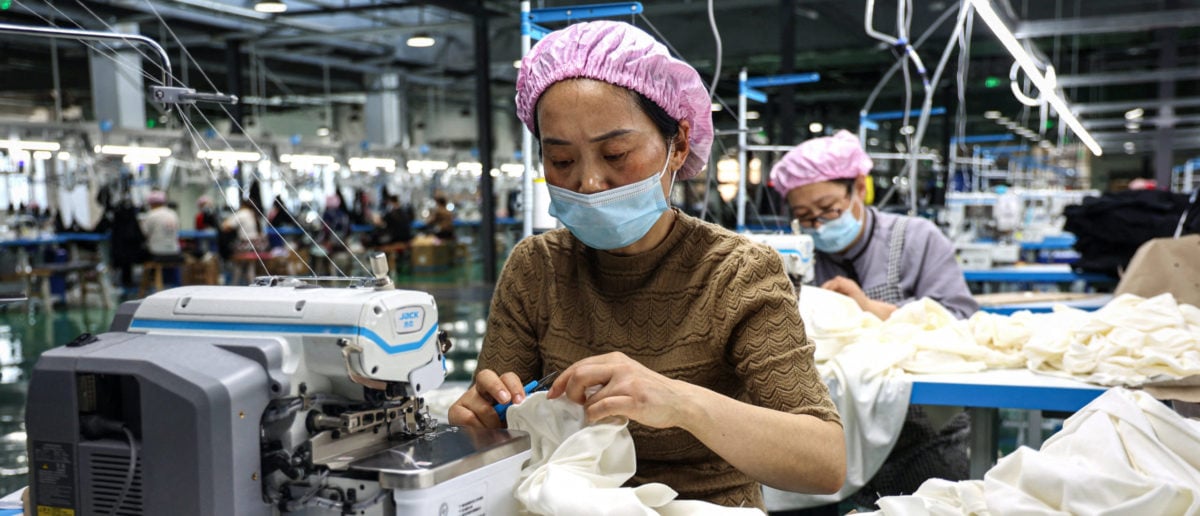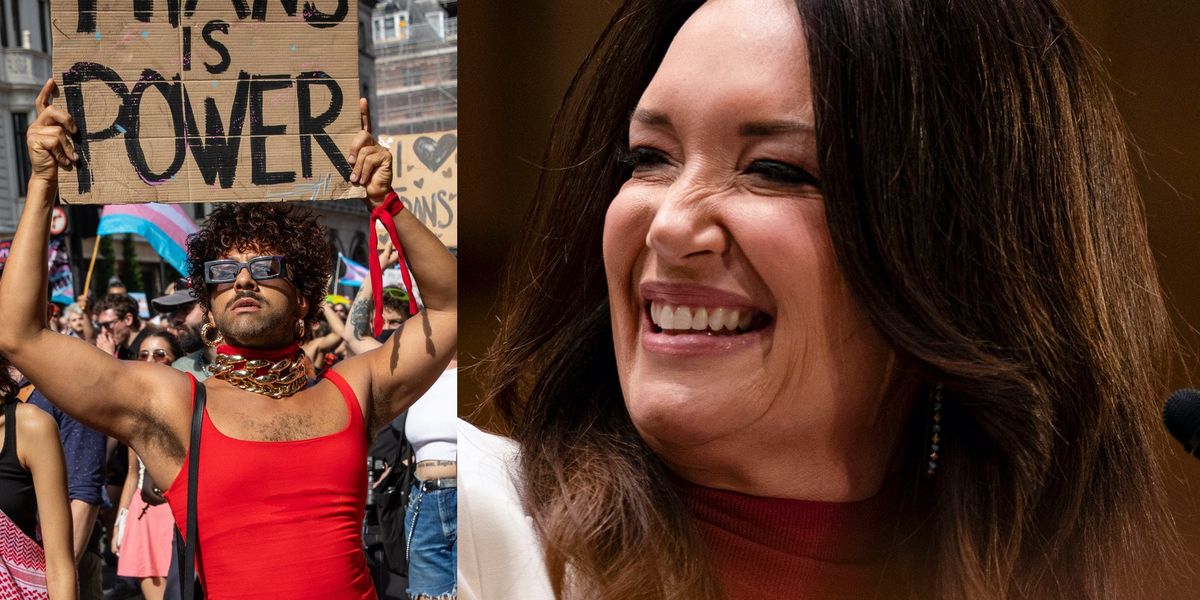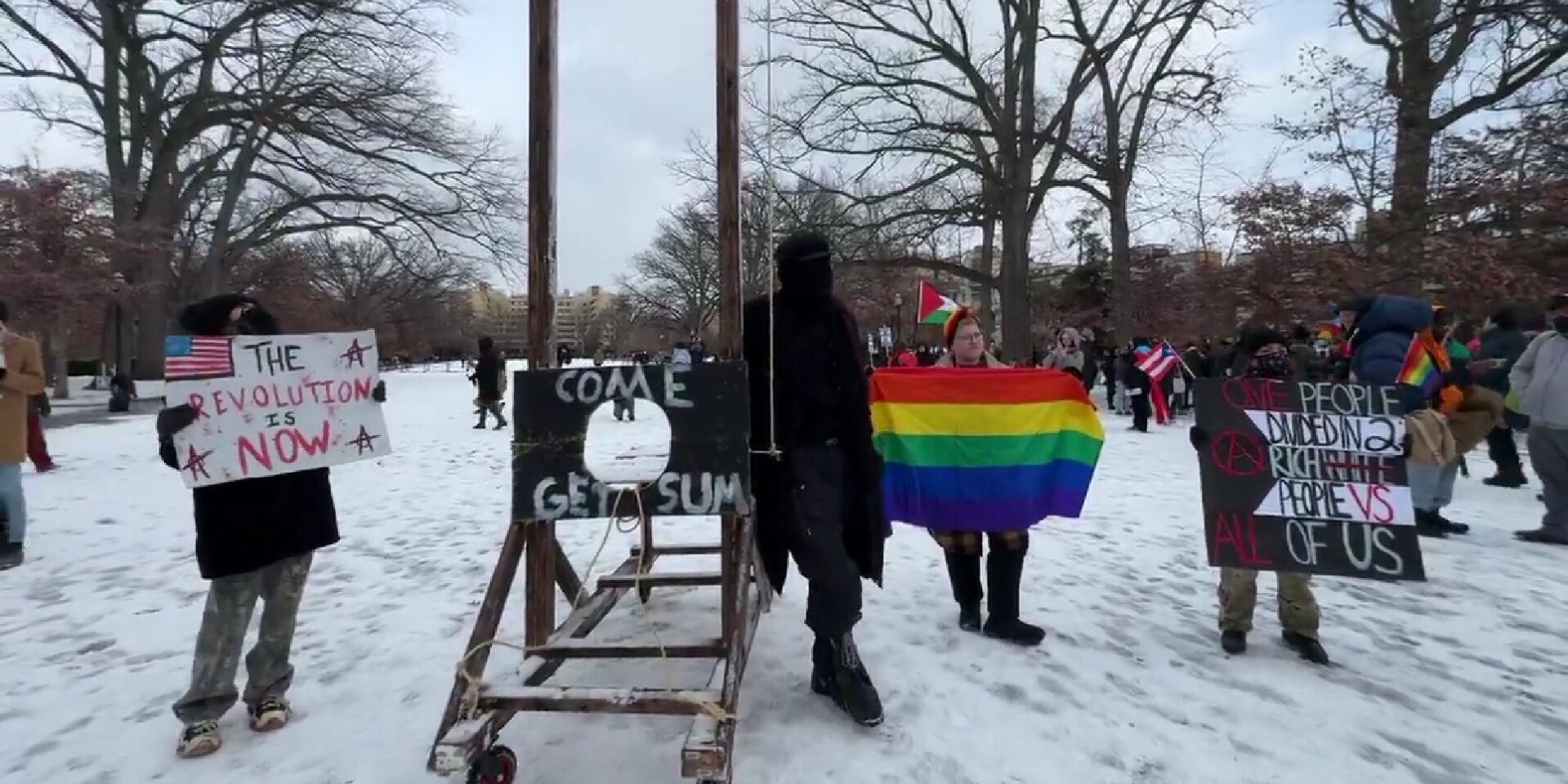Chinese manufacturers are leveraging TikTok to push back against President Donald Trump’s tariff policies, creating a digital battleground over American trade. Frustrated by the stringent tariffs on imports, numerous Chinese businesses are sidestepping conventional supply chains and directly reaching U.S. consumers through engaging, comedic videos on TikTok. These posts often highlight the manufacturing origins of luxury goods, suggesting that Trump’s tariffs negatively affect both Chinese workers and American consumers.
One video narrator points out that despite tags reading “Made in China,” luxury bags are produced by talented Chinese artisans. The narrator argues, “Now you see those bags are made in China by our intelligent and diligent Chinese artisans.” The video challenges viewers not to be misled by market campaigns and recognize the craftsmanship behind these goods.
Another video claims that brands like Gucci, Prada, and Louis Vuitton are produced in the same Chinese factories as their knockoffs. The video boldly states, “Mike is as good as Nike. And there is no reason why Meikin cannot be as good as Birkin.” It suggests that these products are essentially the same, made by the same skilled hands.
A Chinese seller argues that while Western nations attempt to avoid Chinese goods, luxury brands struggle to move manufacturing elsewhere. He explains, “Yes, they did, but they failed,” pointing to the challenges of maintaining quality and cost outside of China. The message is clear: China’s manufacturing prowess is unmatched.
The same seller questions why consumers don’t purchase directly from Chinese manufacturers, promising unbeatable prices. Videos like these can gather millions of views, tapping into a vast audience. This strategy seeks to engage consumers directly, promoting an alternative narrative around trade and manufacturing.
President Trump’s latest tariffs, as high as 145% on most Chinese imports, aim to bring manufacturing jobs back to the U.S. and reduce China’s economic influence. The tariffs target various Chinese exports, including textiles and luxury goods, in a bid to strengthen American industry. Trump has been vocal about his intentions to challenge China’s economic practices.
Chinese manufacturers, however, have found a loophole by encouraging U.S. consumers to place small, direct orders via TikTok, potentially bypassing customs enforcement. Until recently, shipments under $800 could enter the U.S. duty-free, but Trump closed this loophole with a new executive order. New tariffs now apply to smaller shipments, aiming to cut off this alternative route.
With the closing of this loophole, the focus now shifts to enforcement, as Chinese sellers continue using TikTok to facilitate low-value purchases. These transactions could overwhelm customs oversight and lessen the impact of Trump’s trade policies. The ongoing battle highlights the complexities of enforcing tariff regulations in the digital age.
TikTok itself, owned by Chinese company ByteDance, has been under scrutiny for its data practices and potential role in Chinese influence operations. Concerns about privacy and national security have fueled bipartisan calls for stricter regulations on the app. The app’s role in facilitating these trade disputes adds a layer of complexity to its already controversial status.
The use of TikTok by Chinese manufacturers underscores the evolving nature of global trade and digital commerce. As traditional trade barriers are challenged, new strategies emerge to navigate these obstacles. The digital landscape offers opportunities for businesses to reach consumers directly, bypassing conventional channels.
Despite the challenges, the American administration remains committed to its trade agenda, seeking to protect domestic industries. Trump’s policies reflect a broader strategy to assert economic sovereignty and challenge foreign competition. The clash over tariffs and trade represents a key aspect of this approach.
The ongoing tension between the U.S. and China continues to play out across various platforms, including digital ones like TikTok. The platform’s influence and reach make it a critical space for this unfolding narrative. As both nations navigate these challenges, the stakes remain high for global commerce and economic policy.
The digital battlefield on TikTok is a testament to the power of social media in shaping public perception and influencing consumer behavior. As trade policies evolve, so do the methods used to engage and persuade audiences. The interplay between politics, commerce, and digital media continues to define the modern economic landscape.
The persistence of Chinese manufacturers in utilizing TikTok demonstrates their adaptability and determination to reach global markets. This approach highlights the interconnectedness of global economies and the impact of digital platforms on traditional trade practices. The ongoing saga of trade relations between the U.S. and China remains a focal point of international discourse.
As the situation develops, the responses from both the U.S. and China will likely shape future trade dynamics. The strategies employed by each side reveal their priorities and approaches to economic competition. This ongoing story serves as a reminder of the complexities inherent in global trade and the shifting alliances within it.



